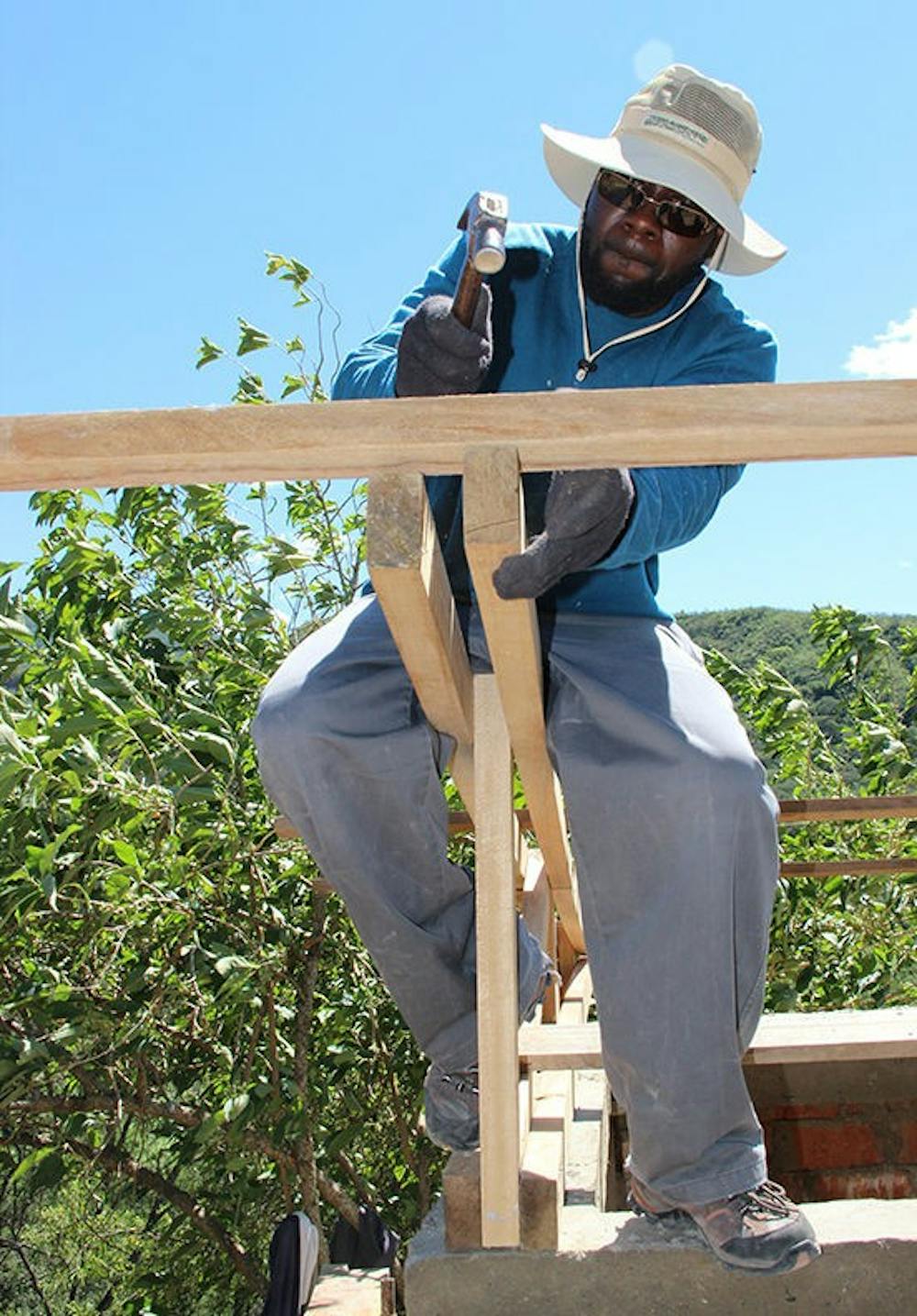A tropical disease researcher takes students to Ecuador to help stop the spread of Chagas disease
Chagas disease affects about eight million people in the Western Hemisphere, though they might not know it until up to twenty years after the initial infection.
Every summer for 12 years, Mario Grijalva, director of Ohio University’s Tropical Disease Institute, has taken students to Ecuador to help stop the spread of the disease. In total, more than 600 students have taken the trek to South America with Grijalva.
A “kissing bug” carries the disease, which might not show identifiable symptoms until five to 20 years after a person was first bitten.
“It is extremely difficult to diagnose and extremely difficult to treat,” he said. “It immediately hides and slowly continues to damage the organs until it fully manifests as full-blown Chagas disease.”
Grijalva and students have developed and constructed a prototype house that can help keep the “kissing bugs” out, which is key in preventing the disease.
“We talk about healthy living environments, not just healthy homes,” said Claudia Nieto, a doctoral student who worked in Ecuador with Grijalva. “We have to include the area around the home, as well as the house.”
About 300,000 individuals, mainly immigrants, in the United States have the disease, he said.
Part of the trouble with diagnosing Chagas is that early on, symptoms are similar to that of the common cold or the flu, Grijalva said.
“The main way it spreads is through the feces of these kissing bugs,” Grijalva said. “The feces contains the parasite, so if you can stop the contact between the person and the insect, you can stop the spread.”
Chagas can also be spread through blood transfusions and mother to child in pregnant women, he said.
“There are two medicines currently available,” Grijalva said. “Both need to be taken for about 60 days, but both create side effects that often stops people from taking it.”
Grijalva learned to build homes through volunteering with Habitat for Humanity, said Kenneth Johnson, dean of the Heritage College of Osteopathic Medicine.
{{tncms-asset app="editorial" id="42ce62d6-7901-11e4-9ff5-335476401777"}}
“One of the things they’ve done with Chagas disease in Ecuador is they realized that if you have proper housing, the number of cases of Chagas disease goes way down,” Johnson said.
Groups also helped build a community center, where educational workshops are conducted, and other projects relating to social effects, she said.
“We organized a soccer team, and we used the narrative of Chagas through soccer,” Nieto said. “They did training about avoiding an obstacle, but we called it the bug that carries Chagas disease.”
Some students said they felt the need to join Grijalva in helping to stop the spread of the disease, which is fatal for many of its victims.
“This includes what things could be easily adapted to daily lifestyle for preventing Chagas, like keeping firewood near the home and keeping animals away from the houses because that’s an area where the bugs like to hide,” said Nelson Patterson, a graduate student in the international development studies program, who also went to Ecuador.
In continuing to study Chagas disease, Grijalva said a future goal is to examine northern Peru to see if the effects there are similar to that in Ecuador.
“I think no family in this day and age should have to live with blood-sucking, cockroach-sized bugs in their house,” he said. “What I would like to see is that Chagas disease is no longer a public health problem. That is the end goal.”
@kcoward02
kc769413@ohio.ed






